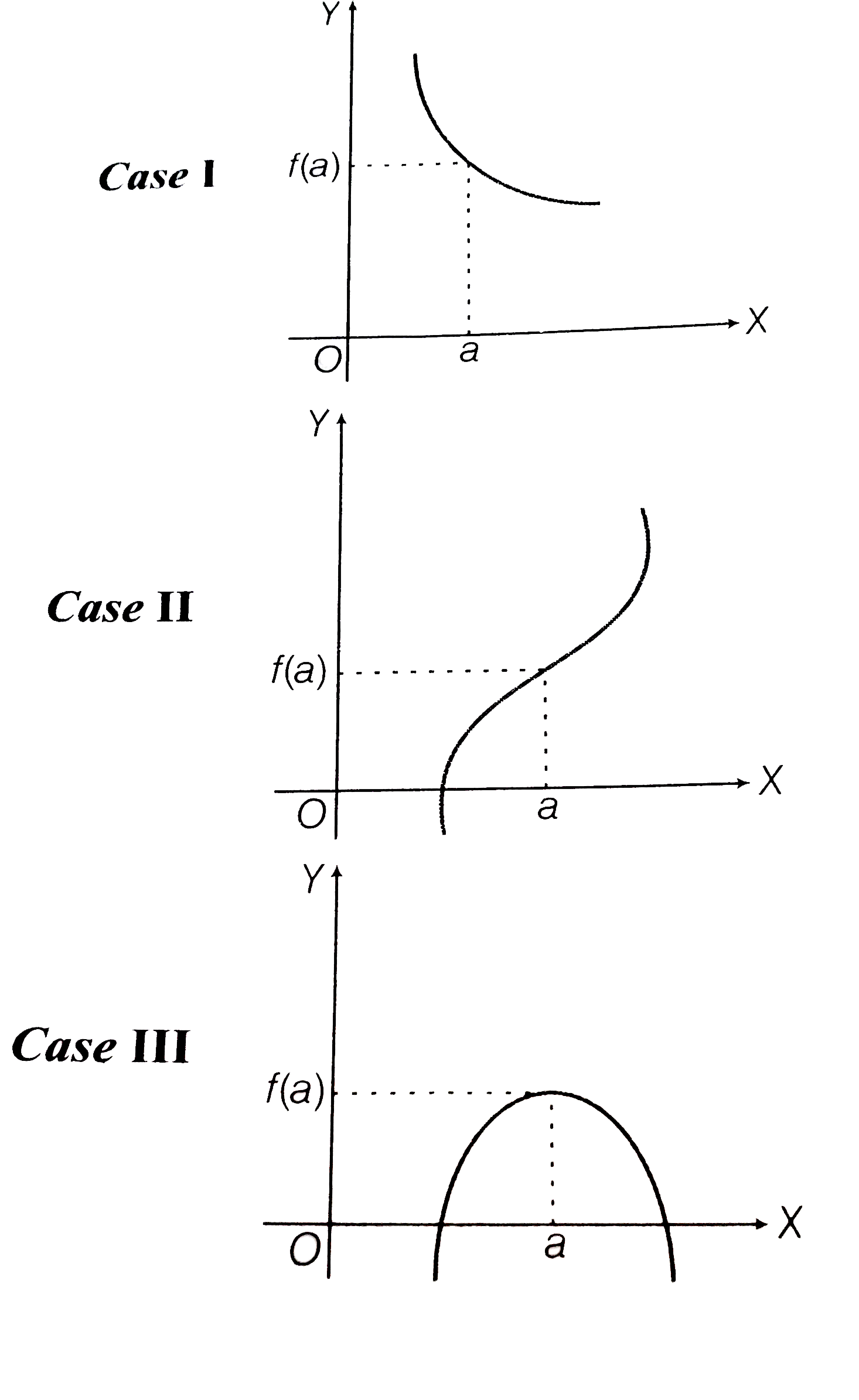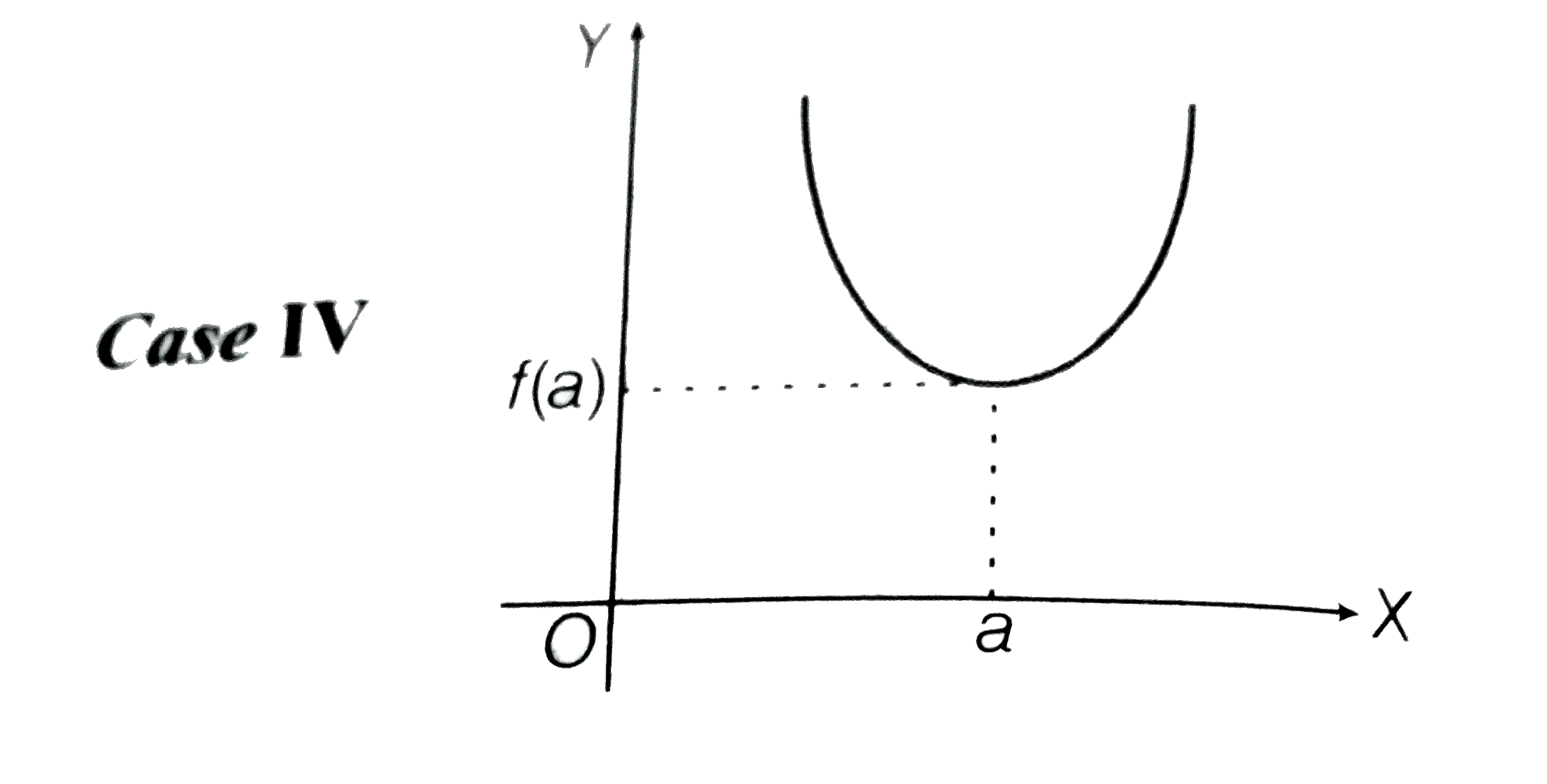The value of when ….. is Solution in Punjabi
1
2
3
4
The correct Answer is:B
Step by step video & image solution for The value of lim_(ntooo)a_(n) when a_(n+1)=sqrt(2+a_(n)), n=1,2,3,….. is by Maths experts to help you in doubts & scoring excellent marks in Class 12 exams.
Updated on:21/07/2023Topper's Solved these Questions
- LIMITSBOOK - ARIHANT MATHSCHAPTER - LIMITSEXERCISE - Exercise (More Than One Correct Option Type Questions)
15 Videos
- LIMITSBOOK - ARIHANT MATHSCHAPTER - LIMITSEXERCISE - Exercise (Passage Based Questions)
10 Videos
- LIMITSBOOK - ARIHANT MATHSCHAPTER - LIMITSEXERCISE - SOLVED EXAMPLES
1 Videos
- INVERSE TRIGONOMETRIC FUNCTIONSBOOK - ARIHANT MATHSCHAPTER - INVERSE TRIGONOMETRIC FUNCTIONSEXERCISE - Exercise (Questions Asked In Previous 13 Years Exam)
8 Videos
- LOGARITHM AND THEIR PROPERTIESBOOK - ARIHANT MATHSCHAPTER - LOGARITHM AND THEIR PROPERTIESEXERCISE - Exercise (Questions Asked In Previous 13 Years Exam)
4 Videos
Similar Questions
If limx→∞4x(π4−tan−1(x+1x+2))=y2+4y+5 then y can be equal to
View SolutionIf limx→af(x)=1 and limx→ag(x)=∞ then limx→a{f(x)}g(x)=elimx→a(f(x)−1)g(x)
limx→0(sinxx)sinxx−sinx is equal to
View SolutionTo evaluate limx→a[f(x)], we must analyse the f(x) in right hand neighbourhood as well as in left hand neighbourhood of x=a. E.g. In case of continuous function, we may come across followign cases.


Iff(a) is an integer, the limit will exist in Case III and Case IV but not in Case I and Case II. If f(a) is not an integer, the limit exists in all the cases. ltbgt If f'(1)=−3 and limx→1[f(x)−12] does not exist, (where [.] denotes the greatest integer function), then
View SolutionIf α=3sin−1(611andβ=3cos−1(49), where the inverse trigonometric functions take only the principal values, then the correct options (s) is (are)
View SolutionIn Which quadrant Point (−2,−3) will be lie.
View SolutionIf ai>0(i=1,2,3n), prove that √aiaj∑1≤i<j≤n≤n−12(a1+a2++an)
View SolutionIf a1,a2,a3,,a2n+1 are in A.P., then a2n+1−a1a2n+1+a1+a2n−a2a2n+a2++an+2−anan+2+an is equal to n(n+1)2×a2−a1an+1 b. n(n+1)2 c. (n+1)(a2−a1) d. none of these
View SolutionIf A_(i)=(x-a_(i))/(|x-a_(i)|),i=1,2,3,....n and a_(1)
View SolutionIf a_(r)>0,r in N and a_(1)*a_(2),....a_(2n) are in A.P then (a_(1)+a_(2))/(sqrt(a)_(1)+sqrt(a)_(2))+(a_(2)+a_(2n-1))/(sqrt(a)_(2)+sqrt(a)_(3))+...+(a_(n)+a_(n+1))/(sqrt(a)_(n)+sqrt(a)_(n+1))=
View SolutionSolve lim_(n rarr oo)a_(n), when a_(n+1)=sqrt(2+a_(n)),n=1,2,3dots
View SolutionLet a_(1),a_(2),...,a_(n) .be sequence of real numbers with a_(n+1)=a_(n)+sqrt(1+a_(n)^(2)) and a_(0)=0 Prove that lim_(n rarr oo)((a_(n))/(2^(n-1)))=(2)/(pi)
View SolutionDefine a sequence (an) by a1=5,an=a1a2…an−1+4 for n>1. Then limn→∞√anan−1
View SolutionLet a1,a2,an be sequence of real numbers with an+1=an+√1+a2n and a0=1. Prove that limx→∞(an2n)=4π
View SolutionThe value of limn→∞an when an+1=√2+an,n=1,2,3,….. is
View SolutionThe Sequence {an}+∞n=1 is defined by a1=0 and an+1=an+4n+3,n≥1 . Find the value of limn→+∞√an+√a4n+√a42n+√a43n+......+√a410n√an+√a2n+√a22n+√a23n+.....+√a210n
View SolutionIf a_(1) , a_(2) , a_(3),"…………."a_(n) are in A.P., where a_(i) gt 0 for all i, then the value of : (1) /( sqrt(a_(1))+sqrt(a_(2)))+ (1) /( sqrt(a_(2))+sqrt(a_(3)))+"......"+(1) /( sqrt(a_(n-1))+sqrt(a_(n))) is :
View Solution
